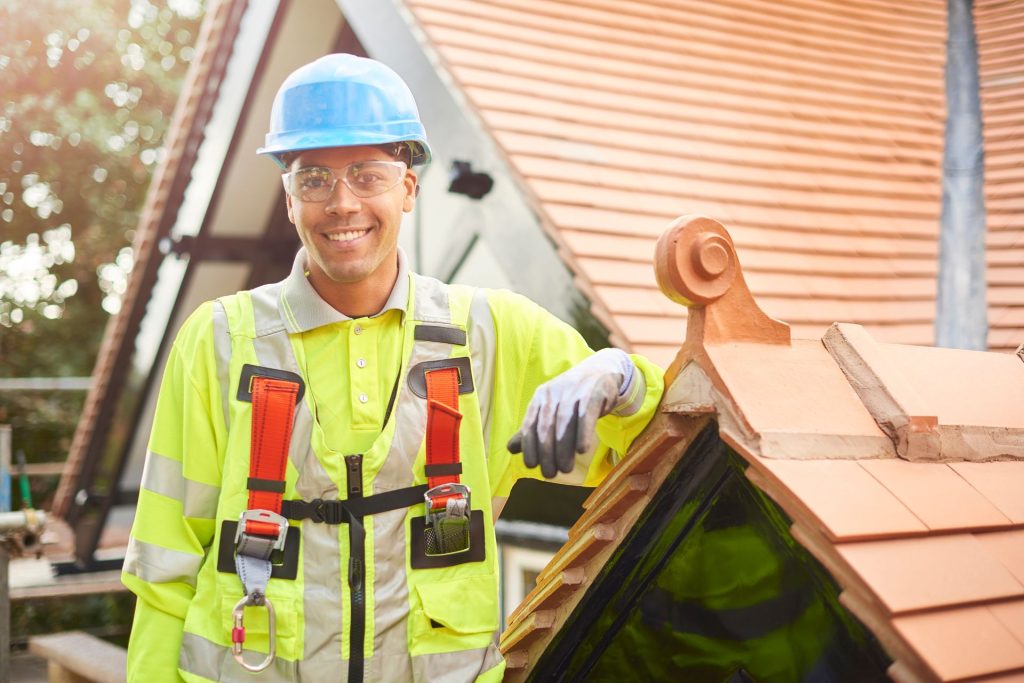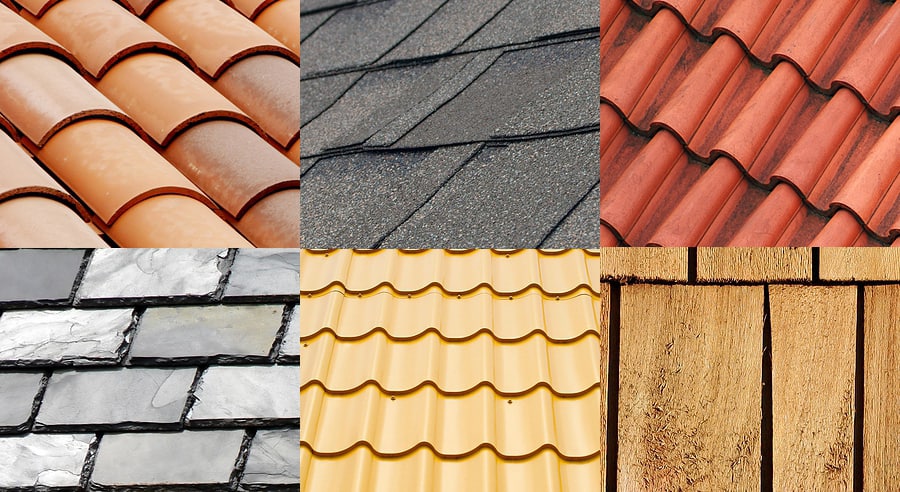Keep Dry Roofing LLC: Shielding Your Home with Superior Roofing Services
Keep Dry Roofing LLC: Shielding Your Home with Superior Roofing Services
Blog Article
Ultimate Checklist for Evaluating the Condition of Your Roof and Identifying Potential Concerns
By following a comprehensive checklist customized to assess the various components of your roofing, you can get beneficial understandings into its existing state and preempt any kind of approaching troubles. This proactive technique not only makes sure the durability of your roof covering yet also contributes to keeping the architectural stability of your home.

Roof Covering Evaluation Devices
These devices help in finding prospective concerns, analyzing the overall problem of the roofing, and determining the required maintenance or repair services required. One of the main tools made use of in roof covering examinations is a moisture meter, which helps recognize locations of entraped moisture within the roofing layers that might indicate leaks or water damage.

In addition, an electronic video camera or mobile phone is important for documenting the assessment procedure, catching photos of any damage or locations of worry for more assessment. Other devices such as field glasses, roof covering probes, and safety and security devices like harnesses and ladders are important for a secure and extensive roofing system assessment. By using these devices successfully, assessors can perform thorough analyses, determine concerns immediately, and advise ideal services to preserve the roof's stability.
Exterior Roofing Analysis
To extensively evaluate the problem of a roofing system, an exterior roofing system analysis is vital to evaluate the surface area for indications of wear, damage, or possible concerns. During an outside roofing system analysis, it is crucial to start by checking out the shingles or roof covering product.

Evaluate the total cleanliness of the roofing system, as debris accumulation can keep dampness and increase roofing degeneration. By conducting a thorough outside roof evaluation, home owners can recognize and deal with possible problems before they escalate into pricey repair work.
Inside Ceiling Assessment
Upon getting in the interior space, a complete evaluation of the ceiling is crucial to identify any kind of signs of water damages, leaks, or architectural issues. Start by visually inspecting the ceiling for any type of discoloration, sagging, or peeling paint, as these could indicate water seepage from the roof covering. Look for water spots or mold growth, which are clear indicators of a leakage. Pay close interest to any areas where the ceiling meets the wall surfaces or where light components are installed, as these are typical places for water breach. Furthermore, look for any kind of signs of drooping or unevenness in the ceiling, which could recommend structural troubles that need immediate interest. Utilize a flashlight to check out hard-to-reach edges and crevices completely. Any moldy smells or wetness airborne ought to additionally increase problems concerning prospective roofing issues. Putting in the time to examine the interior ceiling can aid spot roof covering issues early on and prevent additional damages to the home.
Attic Evaluation
The attic room serves as a critical part of the roof system, supplying understandings into potential concerns that may not be visible from the exterior or inside of the house. Throughout the attic examination, it is essential to inspect for indicators of water damage, such as water stains, mold and mildew growth, or decaying timber, which can indicate a leak in the roofing. Frequently evaluating the attic can help recognize prospective roof issues early on, allowing for prompt repairs and upkeep to prolong the life-span of the roofing.
Addressing Common Roofing Troubles
Recognizing and without delay solving usual roofing system issues is vital in preserving the structural stability and longevity of a roof. Among the most regular issues property owners deal with is a dripping roofing system, usually created by damaged or missing tiles, inappropriate installment, or tatty blinking. It's important to deal with leaks promptly to avoid water published here damages to the inside of the residential property and possible mold development. Another usual issue is roof air flow visit problems, which can result in excess warm and wetness build-up in the attic, creating early deterioration of the roof materials. Poor air flow can additionally result in higher power costs because of ineffective temperature law. In addition, the accumulation of particles such as leaves, branches, or snow on the roof can obstruct water drainage systems and result in water merging, which may at some point cause roofing system leakages or architectural damage. Regular assessments and maintenance can aid determine and attend to these common roofing system issues before they escalate right into even more significant problems.
Verdict
Finally, a complete examination of your roof is necessary to identify potential concerns and guarantee the overall problem of your roof. By making use of the appropriate tools and conducting attic, interior, and outside inspections, usual roof issues can be addressed without delay. Routine maintenance and timely repair services can help avoid substantial damage and extend the life-span of your roof.
One of the primary tools utilized in roofing system evaluations is a moisture meter, which assists recognize locations of caught wetness within the roofing layers that could suggest leaks or water damages. Other tools such as field glasses, roof probes, and security tools like harnesses and ladders are click for source critical for a secure and thorough roofing inspection.To extensively assess the condition of a roofing system, an outside roof assessment is vital to check the surface area for indicators of wear, damage, or possible issues. Analyze the overall tidiness of the roofing system, as particles build-up can maintain wetness and increase roofing damage. Keep Dry Roofing LLC. In addition, the buildup of debris such as fallen leaves, branches, or snow on the roofing can obstruct water drainage systems and lead to water pooling, which might eventually cause roof leaks or structural damage
Report this page